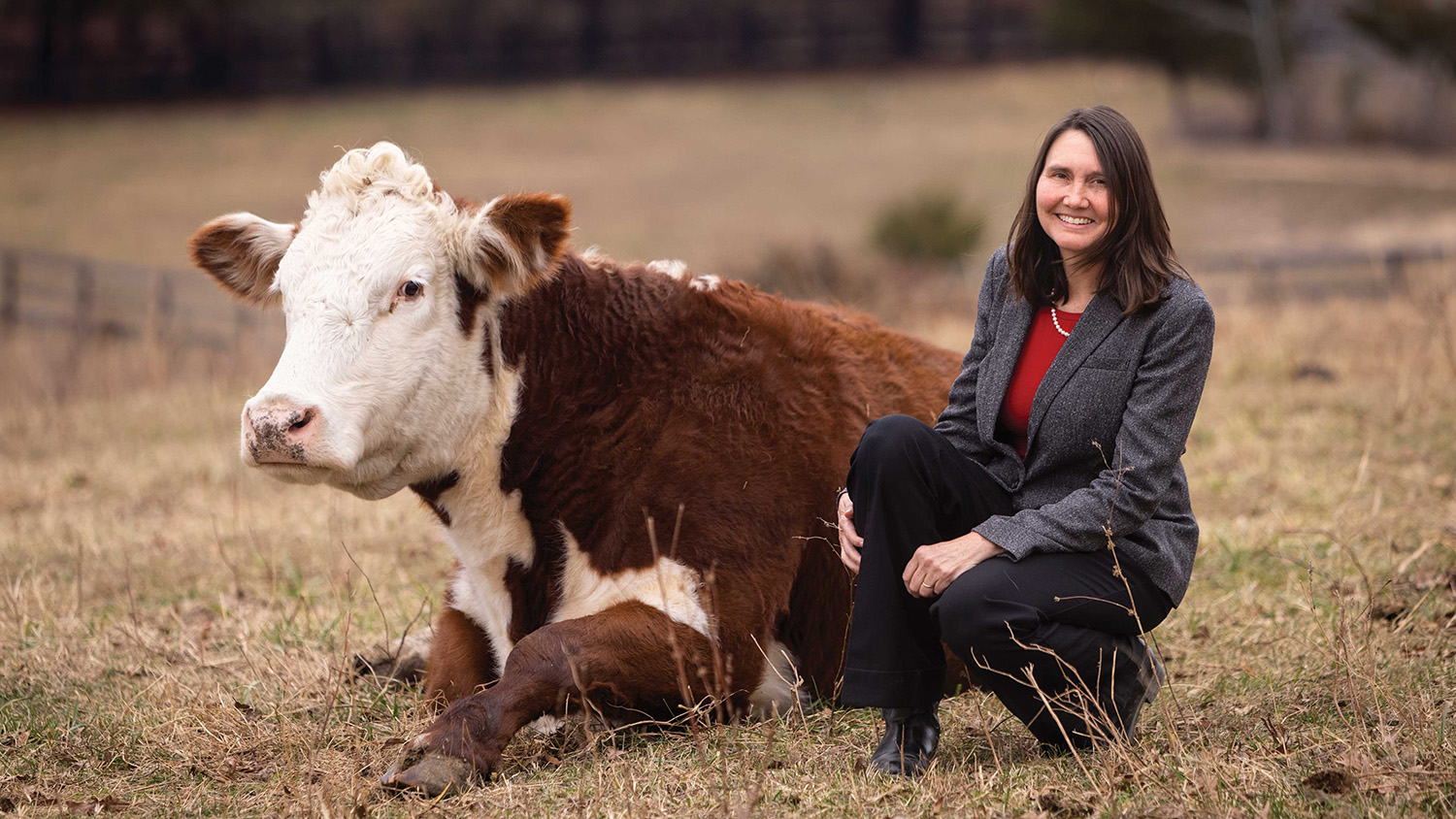Dr. Do-a-Lot
Dr. Rosemary Sifford ’96, ’00 DVM calls on more than 20 years of animal health experience in her new role as the country’s top vet.

Dr. Rosemary Sifford ’96, ’00 dvm grew up on a Stokes County, N.C., tobacco farm, where her family had some livestock. A small herd of cattle. Some horses. “When the veterinarian came out to our house,” Sifford says, “I followed him like a puppy dog everywhere he went.”
Her time shadowing the vet might as well have been an internship given where she’s ended up. Sifford has spent the last 25 years working at the U.S. Department of Agriculture for the Animal and Plant Health Inspection Service (APHIS), which manages plant and animal welfare as well as biotechnology, wildlife damage management and international trade. And in 2021 she was named a veterinary services deputy administrator and the chief veterinary officer for the country.
When the veterinarian came out to our house, I followed him like a puppy dog everywhere he went.
It’s the latest achievement in a career that has seen Sifford, 47, work on issues such as biosecurity, inspections, agricultural quarantine, and the import and export of animals in and out of the U.S. Her first assignment with APHIS back in 1997 is still her most memorable. She was working on a viral disease, spring viremia of carp. “I never expected to be with a fish health program,” Sifford says. “I actually went back to [NC State vet med professor] Dr. Lewbart, and said, ‘I don’t remember much about this.’ I think he got a good laugh from that.”
In her current role, Sifford manages federal veterinary services, including regulatory programs concerning tuberculosis, brucellosis and scrapie, which is most often seen in goats and sheep. She also works in conjunction with the World Organization for Animal Health and directs a large staff dedicated to exporting animals and removing any barriers interfering with their well-being while also developing regulations for importing animals.
Much of the work of the former farm girl takes place at a desk behind a computer screen. But Sifford lives on a northern Virginia farm, where she and her family have around 40 cattle, mostly Holsteins and Herefords. “I love working with cattle,” she says. “I love getting home and having those interactions with the animals.”


